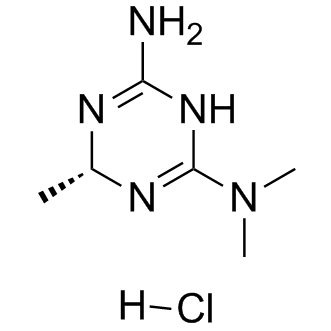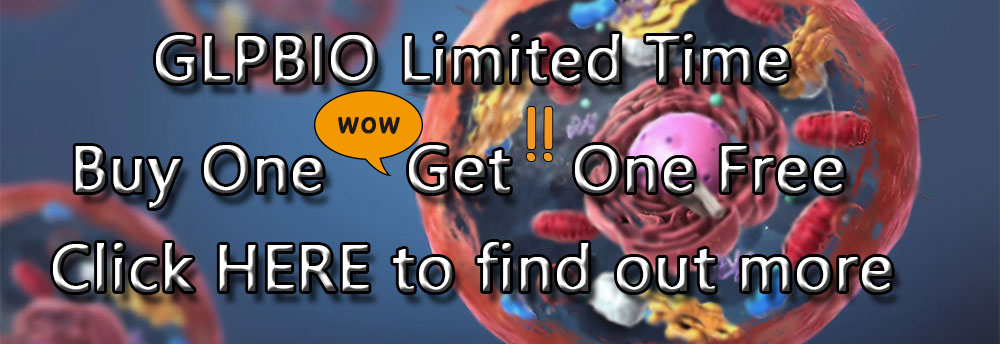Mitochondrial Metabolism
Mitochondria use multiple carbon fuels to produce ATP and metabolites, including pyruvate, which is generated from glycolysis; amino acids such as glutamine; and fatty acids. These carbon fuels feed into the TCA cycle in the mitochondrial matrix to generate the reducing equivalents NADH and FADH2, which deliver their electrons to the electron transport chain. Mitochondria are complex organelles that play an important role in many facets of cellular function, from metabolism to immune regulation and cell death. Mitochondria are actively involved in a wide variety of cellular processes and molecular interactions, such as calcium buffering, lipid flux, and intracellular signaling. It is increasingly recognized that mitochondrial dysfunction is a hallmark of many diseases such as obesity/diabetes, cancer, cardiovascular and neurodegenerative diseases. Mitochondrial metabolism is a key determinant of tumor progression by impacting on functions such as epithelial-to-mesenchymal transition. Mitochondrial metabolism and derived oncometabolites shape the epigenetic landscape to alter aggressiveness features of cancer cells. Changes in mitochondrial metabolism are relevant for the survival of tumors in response to therapy.
Targets for Mitochondrial Metabolism
Products for Mitochondrial Metabolism
- Cat.No. Nombre del producto Información
-
GC40801
(±)9(10)-DiHOME
(±)9(10)-DiHOME es el racemato de 9,10-DiHOME.

-
GC14049
(-)-Epigallocatechin gallate (EGCG)
Un fenol con diversas actividades biológicas.
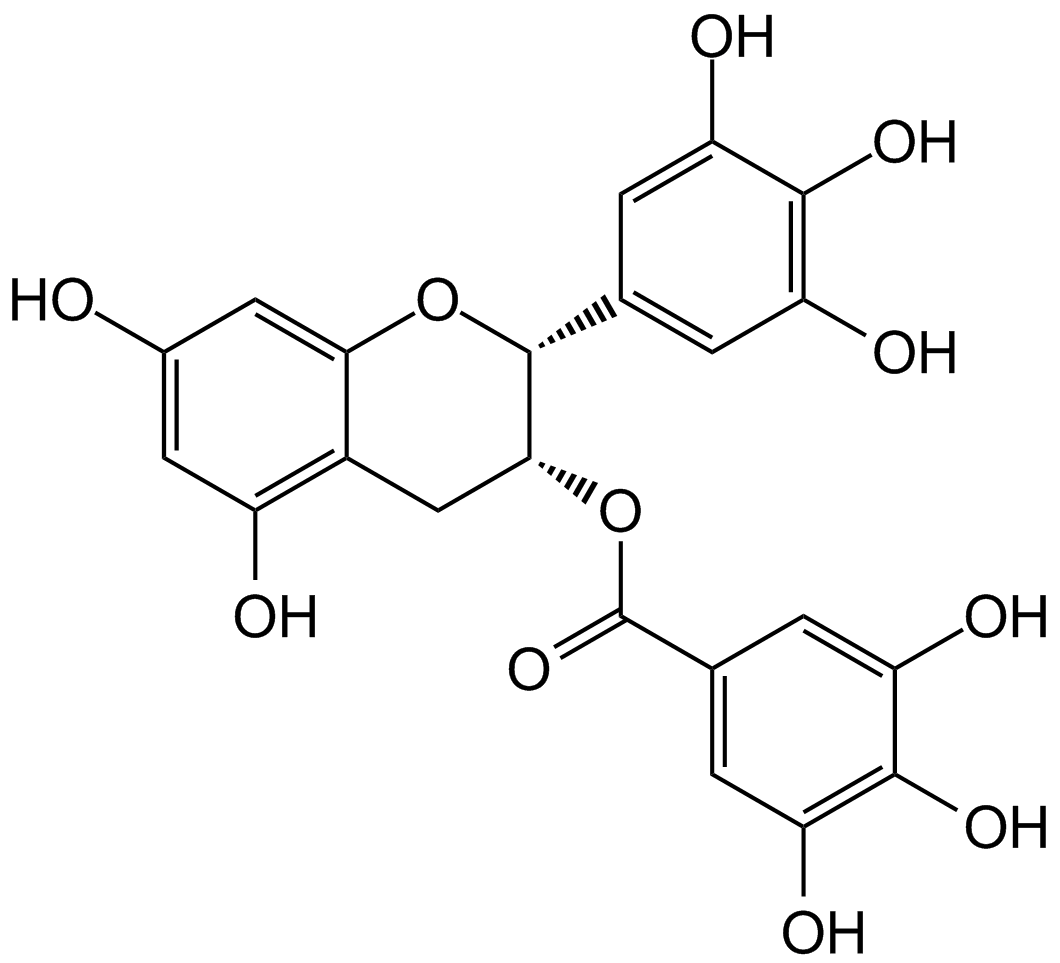
-
GC41721
(R)-α-Lipoic Acid
(R)-α-Lipoic acid is the naturally occurring enantiomer of lipoic acid, a cyclic disulfide antioxidant.

-
GC18596
(±)-2-propyl-4-Pentenoic Acid
El Ácido (±)-2-propil-4-pentenoico (4-en-VPA) es un metabolito tÓxico principal del Ácido valproico.

-
GC19528
1,4-Benzoquinone
A toxic metabolite of benzene
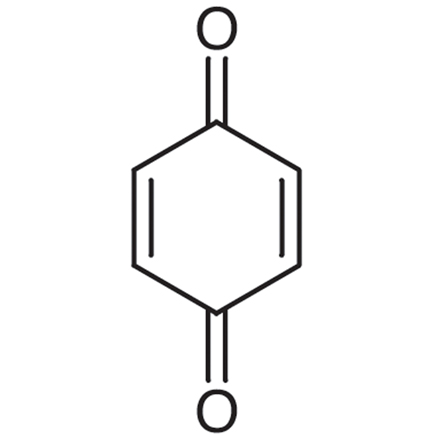
-
GC49872
10-Formyltetrahydrofolate (sodium salt) (technical grade)
El 10-formiltetrahidrofolato (sal de sodio) (grado técnico) es una forma de Ácido tetrahidrofÓlico que actÚa como donante de grupos formilo en el anabolismo.

-
GC46451
16F16
A PDI inhibitor

-
GC42193
2-Thenoyltrifluoroacetone
La 2-tenoiltrifluoroacetona es un agente quelante.

-
GC49849
3-Aminosalicylic Acid
A salicylic acid derivative

-
GC42351
4-carboxy TEMPO
4-carboxy TEMPO is a nitroxide and spin label.

-
GC49722
4-CF3-TPP-DC
An inert mitochondriotropic carrier

-
GC41310
5-Octyl-α-ketoglutarate
In addition to its role in the Krebs cycle, α-ketoglutarate (2-oxoglutarate) has roles as a substrate or modulator of enzymes.

-
GC46779
Acequinocyl
A naphthoquinone acaricide

-
GC42695
Acetoacetyl Coenzyme A (sodium salt hydrate)
Acetoacetyl coenzyme A (acetoacetyl-CoA) is a precursor to HMG-CoA in the isoprenoid pathway.

-
GC46789
Acetyl-L-carnitine-d3 (chloride)
An internal standard for the quantification of L-acetylcarnitine

-
GC19021
Adjudin
Adjudin es un anticonceptivo masculino ampliamente estudiado con un efecto inhibidor de mitocondrias superior. Adjudin también es un potente bloqueador de los canales de Cl.
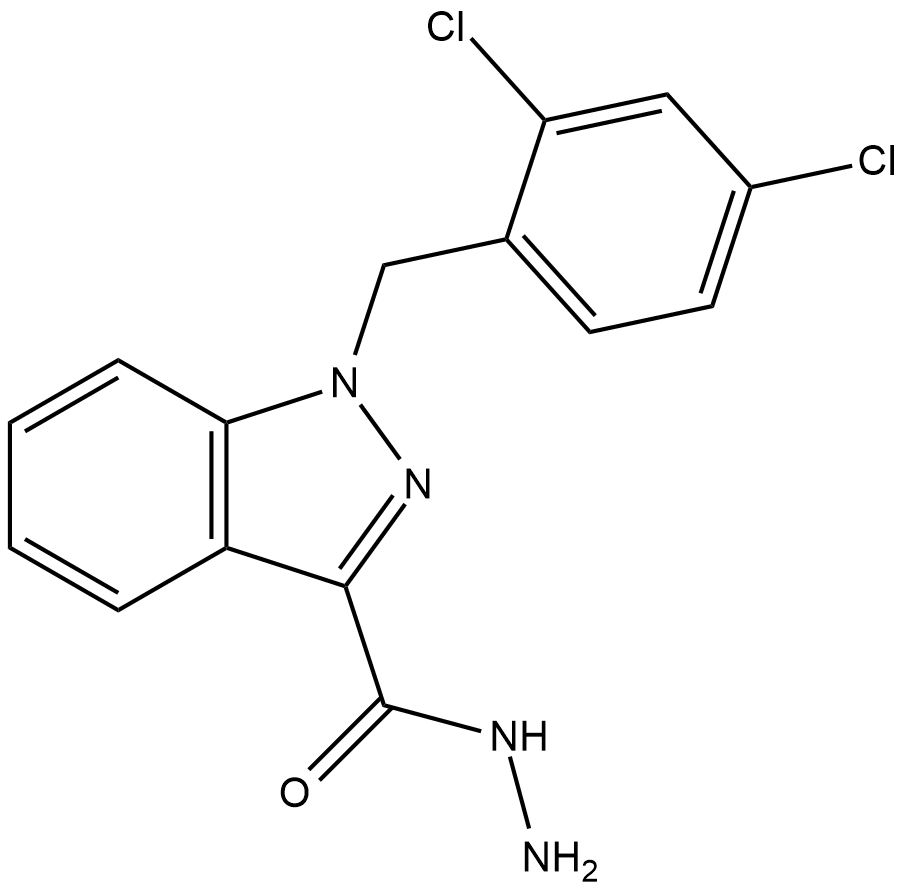
-
GC42742
ADT-OH
ADT-OH es un donante liberador de sulfuro de hidrÓgeno. ADT-OH induce la apoptosis e inhibe el desarrollo de melanoma in vivo mediante la regulaciÓn positiva de FADD. ADT-OH tiene potencial para la investigaciÓn de enfermedades cancerosas.

-
GC46812
Aflatoxin G1-13C17
An internal standard for the quantification of aflatoxin G1

-
GC35262
Afzelin
Afzelin (Kaempferol-3-O-rhamnoside) es un glucÓsido de flavonol que se encuentra en Houttuynia cordata Thunberg y se usa ampliamente en la preparaciÓn de agentes antibacterianos y antipiréticos, desintoxicantes y para el tratamiento de la inflamaciÓn.
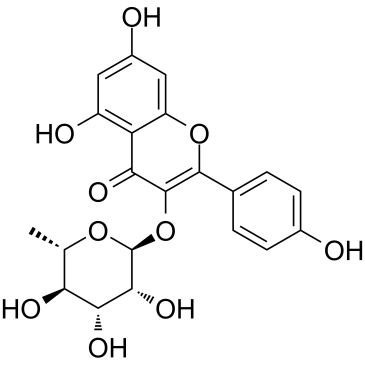
-
GC63642
Agaric acid
El Ácido agÁrico (Ácido agaricÍnico) se obtiene de varias plantas de la tribu fÚngica, i.
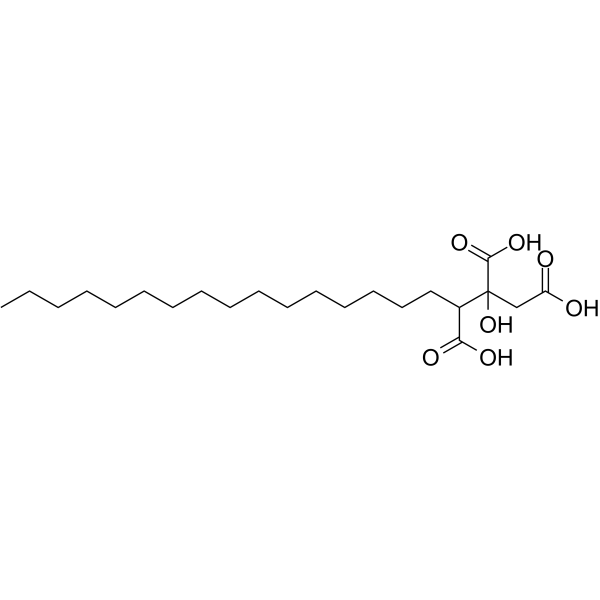
-
GC18437
Alternariol monomethyl ether
El éter monometÍlico de alternariol, aislado de las raÍces de Anthocleista djalonensis (Loganiaceae), es un importante marcador taxonÓmico de la especie vegetal.
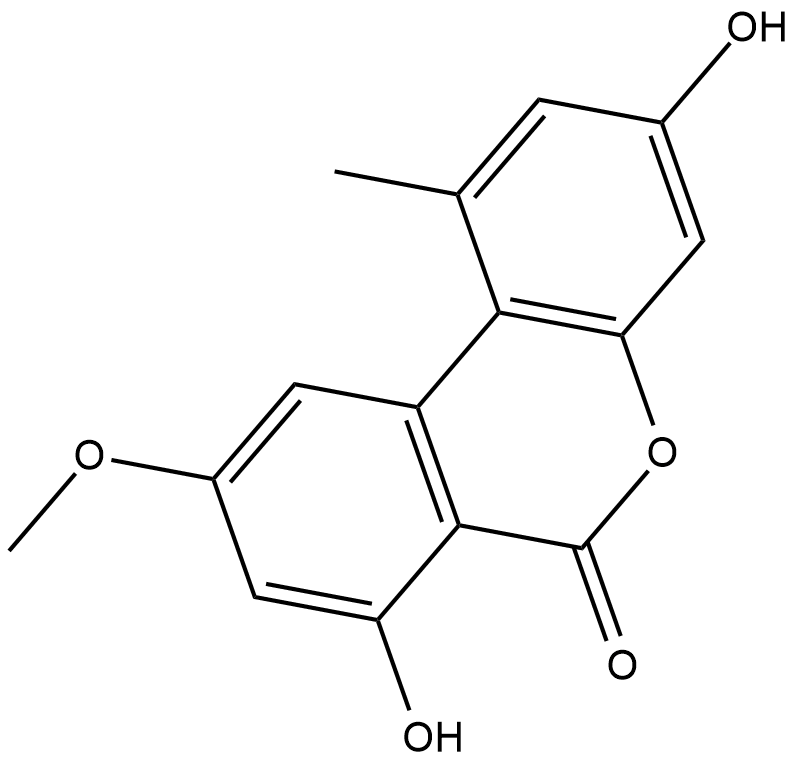
-
GC18274
Amiprofos-methyl
El amiprofos-metilo (BAY-NTN 6867) es un herbicida de amida fosfórica.
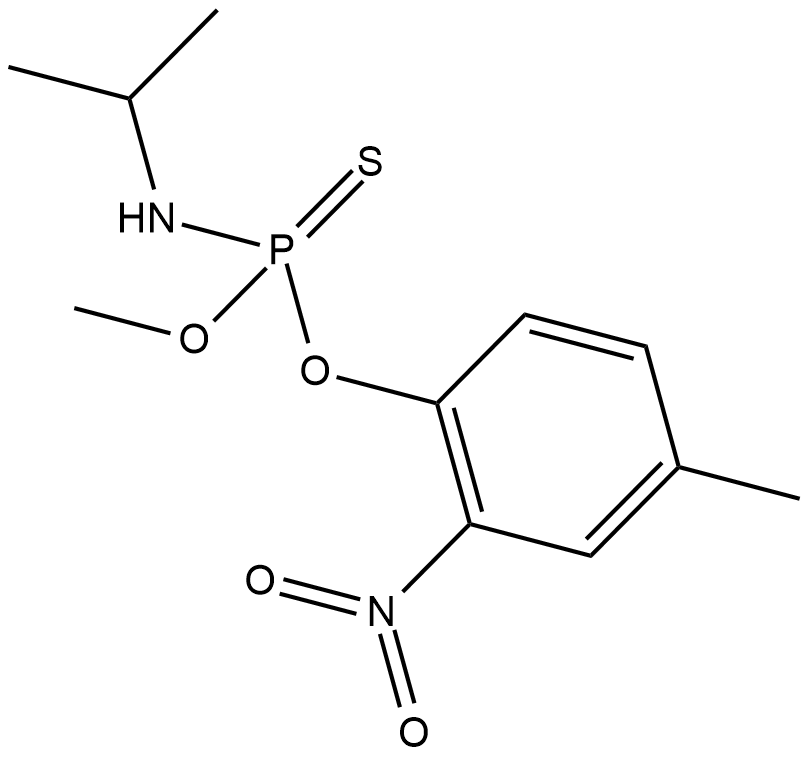
-
GC42818
Antimycin A1
La antimicina A1 es un inhibidor especÍfico de la transferencia de electrones de la ubiquinol-citocromo c oxidorreductasa. La antimicina A1 inhibe la angiogénesis a través de la disminuciÓn de la producciÓn de VEGF provocada por la inhibiciÓn de la activaciÓn de HIF-1α.

-
GC18621
Antimycin A2
Antimycin A2 is an active component of the antimycin A antibiotic complex.
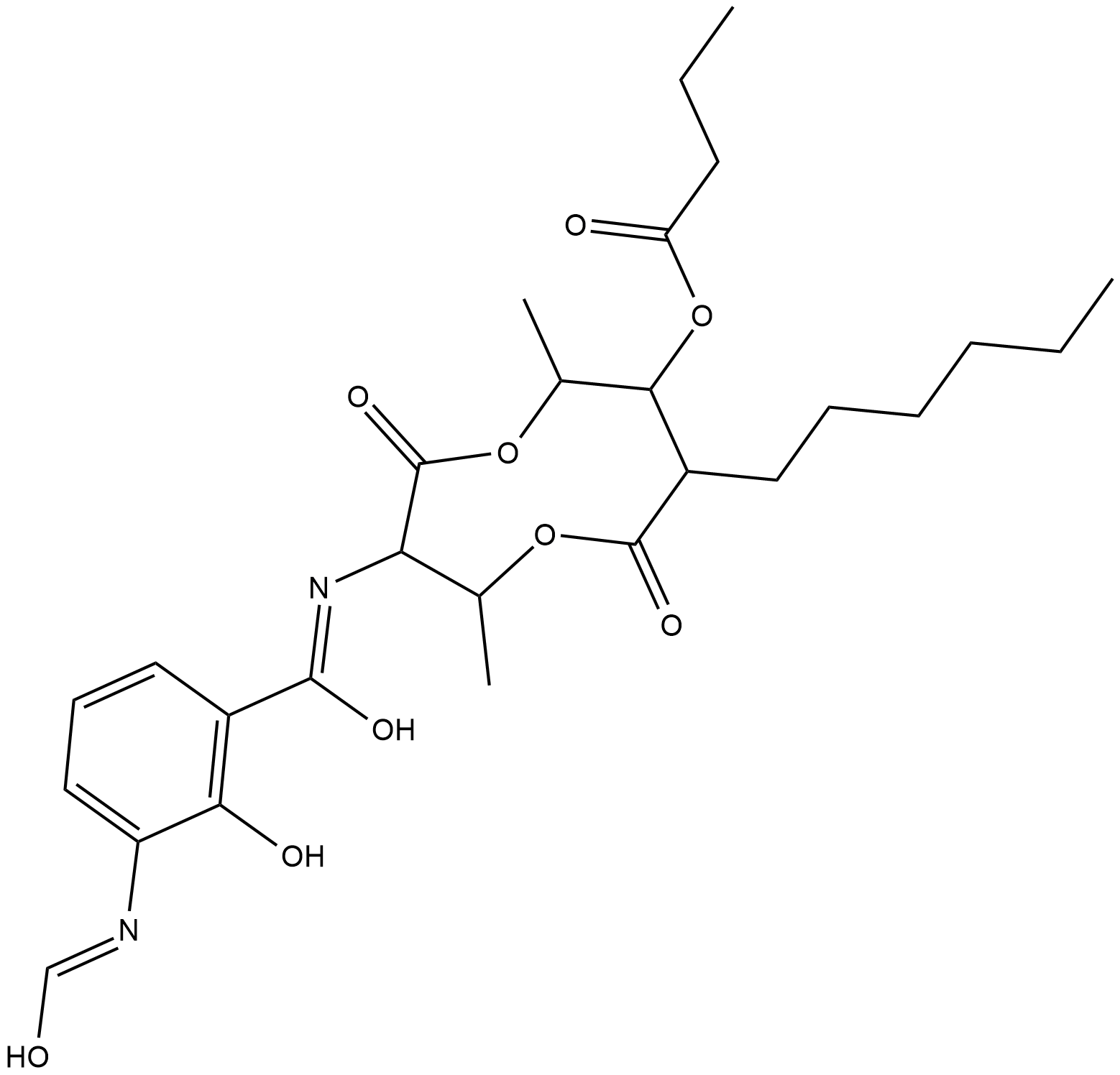
-
GC42820
Antimycin A4
Antimycin A4 is an active component of the antimycin A antibiotic complex that is more polar than antimycin A1, antimycin A2, and antimycin A3.

-
GC42821
AP219
AP39 is a compound used to increase the levels of hydrogen sulfide (H2S) within mitochondria.

-
GC42823
AP39
AP39 es un anetol ditioletiona derivatizado con trifenilfosfonio y un donante de sulfuro de hidrÓgeno (H2S) dirigido a las mitocondrias.

-
GC42846
Arachidonoyl-L-carnitine (chloride)
Carnitine facilitates the transport of fatty acids into the mitochondria to be used in fatty acid metabolism.

-
GC46883
AS-2077715
An inhibitor of fungal complex III

-
GC31432
Asp-AMS
Asp-AMS, un análogo de aspartil-adenilato, es un inhibidor de la aspartil-ARNt sintetasa y también un fuerte inhibidor competitivo de la enzima mitocondrial.
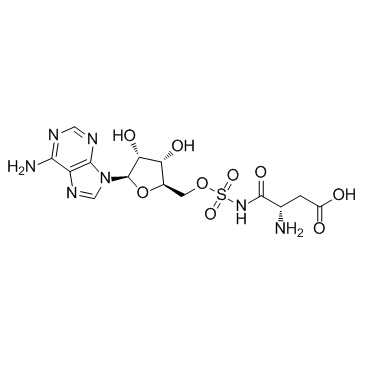
-
GC42874
Aureothin
Aureothin is a natural nitroaryl-substituted polyketide that exhibits antitumor, antifungal, and insecticidal activities.

-
GC40677
Avenaciolide
La avenaciolida es una bis-γ-lactona antifÚngica que se encuentra en Aspergillus avenaceus.

-
GC18580
B355252
B355252, una molécula pequeña de fenoxi tiofeno sulfonamida, es un potente agonista del receptor de NGF.
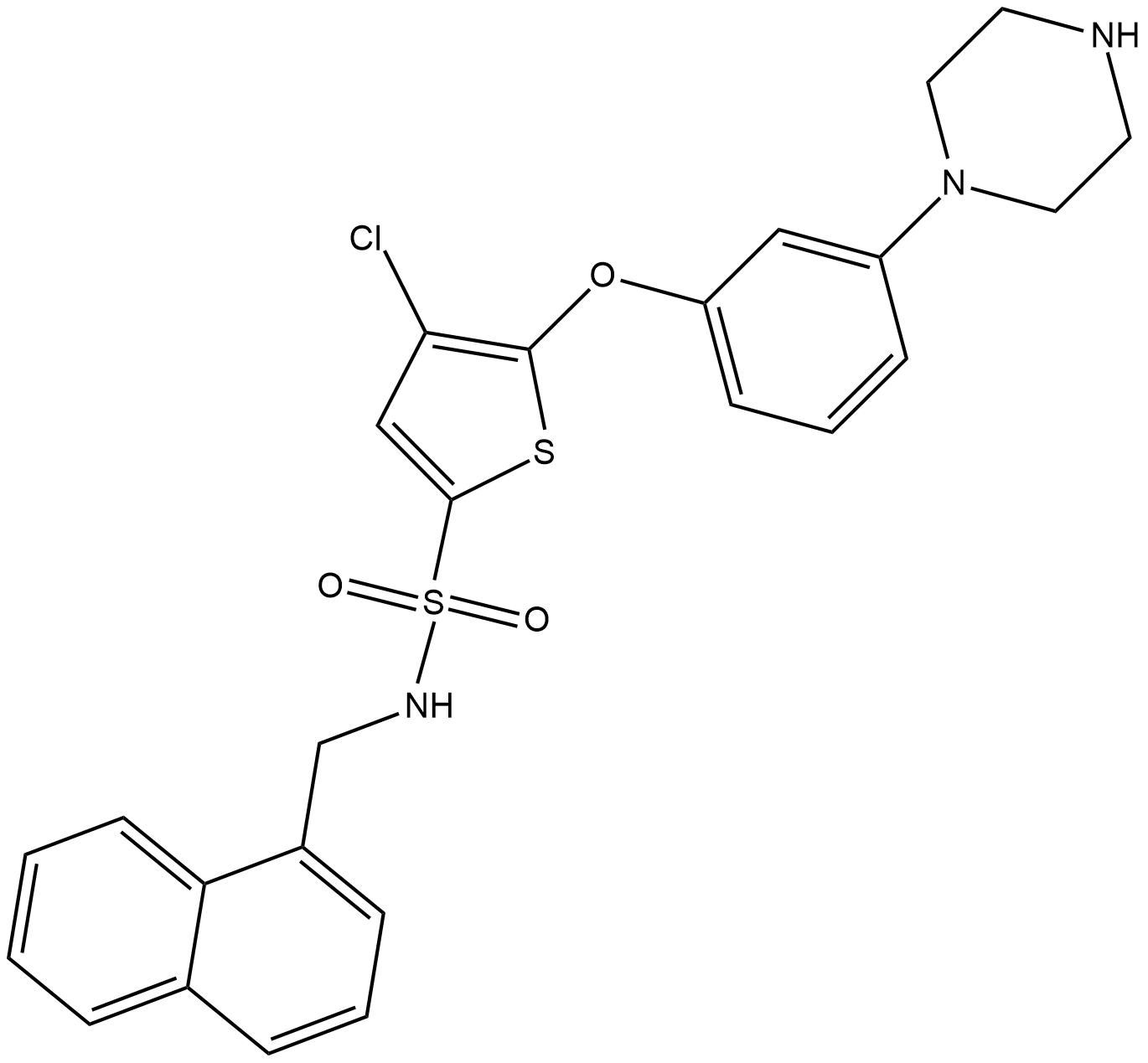
-
GC49901
BAY-179
BAY-179 es un inhibidor del complejo I potente, selectivo y de reacciÓn cruzada entre especies (IC50 = 79 μM).

-
GC49403
Benzarone
La benzarona (Fragivix) es un potente inhibidor del transportador de Ácido Úrico humano 1 (hURAT1), con una IC50 de 2,8 μM en el ovocito.

-
GC49318
Benzovindiflupyr
A fungicide

-
GC41252
BI-6C9
BI-6C9 es un inhibidor del dominio de interacciÓn BH3 altamente especÍfico (Bid), que previene el potencial de membrana externa mitocondrial (MOMP) y la fisiÓn mitocondrial, y protege a las células de la liberaciÓn del factor inductor de apoptosis mitocondrial (AIF) y la muerte celular independiente de caspasa en las neuronas. 1].

-
GC52355
BimS BH3 (51-76) (human) (trifluoroacetate salt)
A Bim-derived peptide

-
GC18408
BML-278
BML-278 is an activator of sirtuin 1 (SIRT1) that has an EC150 value (effective concentration able to increase the enzyme by 150%) of 1 uM.
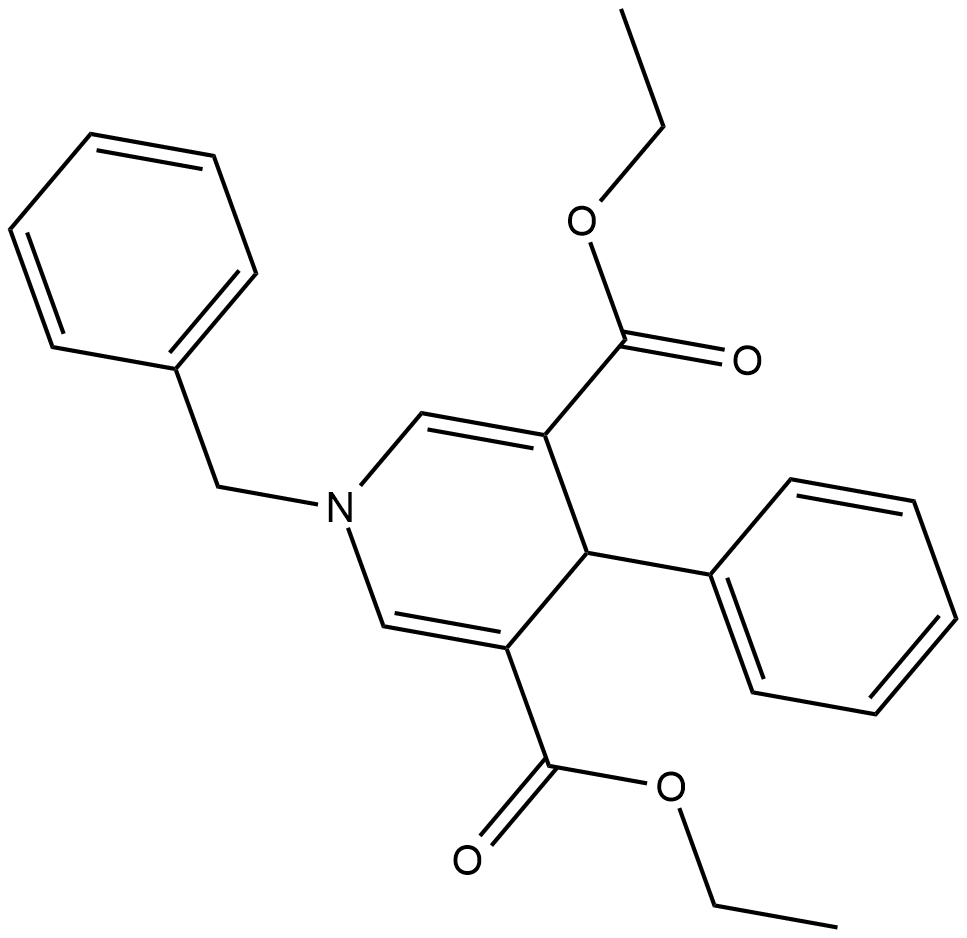
-
GC46943
Boscalid
A broad-spectrum carboxamide fungicide

-
GC42978
Bromamphenicol
Bromamphenicol is a dibrominated derivative of the antibiotic chloramphenicol.

-
GC43030
C16 dihydro Ceramide (d18:0/16:0)
A bioactive sphingolipid

-
GC48425
C18 D-threo Ceramide (d18:1/18:0)
A synthetic ceramide

-
GC49806
C18 Ganglioside GD3-d3 (ammonium salt)
An internal standard for the quantification of ganglioside GD3

-
GC43050
C18 L-erythro Ceramide (d18:1/18:0)
C18 L-erythro Ceramide is a naturally occurring ceramide and stereoisomer of C18 ceramide.

-
GC43051
C18 L-threo Ceramide (d18:1/18:0)
C18 L-threo Ceramide is a synthetic ceramide and stereoisomer of C18 ceramide that has been used for structural characterization of natural sphingolipids.

-
GC43052
C18 Phytoceramide (t18:0/18:0)
C18 Phytoceramide (t18:0/18:0) (Cer(t18:0/18:0)) is a bioactive sphingolipid found in S.

-
GC40141
C18 Phytoceramide-d3 (t18:0/18:0-d3)
C18 Phytoceramide-d3 (t18:0/18:0-d3) is intended for use as an internal standard for the quantification of C18 phytoceramide (t18:0/18:0) by GC- or LC-MS.

-
GC43069
C22 Ceramide (d18:1/22:0)
C-22 ceramide is an endogenous bioactive sphingolipid.

-
GC43141
Carboxyatractyloside (potassium salt)
Carboxyatractyloside is a natural heteroglucoside produced in some plants, including A.

-
GC43195
CAY10703
Dichloroacetate (DCA) is an inhibitor of all pyruvate dehydrogenase kinase (PDHK) isoforms, which are enzymes that phosphorylate and inhibit PDH in mitochondria.

-
GC47065
CAY10773
A derivative of sorafenib

-
GC14727
CCCP
Carbonylcyanide-3-clorophenylhydrazone (CCCP) es un protonóforo, que provoca el desacoplamiento del gradiente de protones en la membrana mitocondrial interna, inhibiendo así la tasa de síntesis de ATP.
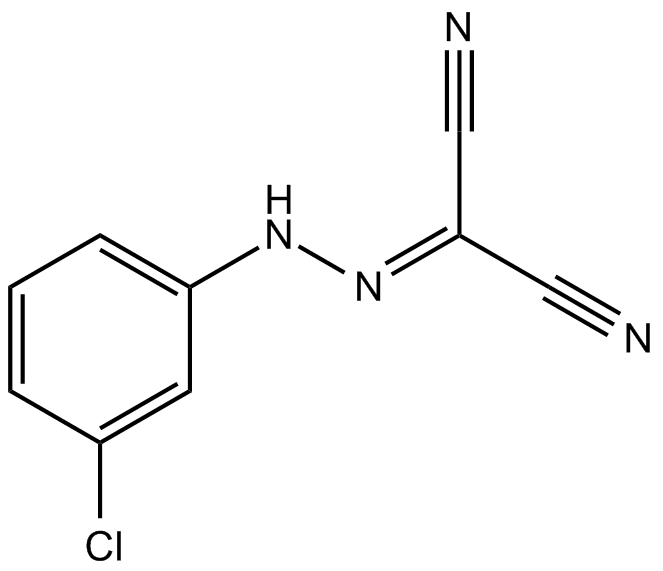
-
GC65208
CCI-006
CCI-006 es un inhibidor selectivo y quimiosensibilizador de las células de leucemia reorganizadas por MLL, al inhibir la respiraciÓn mitocondrial, lo que da como resultado una despolarizaciÓn mitocondrial insuperable y una respuesta de proteÍna desplegada (UPR) proapoptÓtica en un subconjunto de células de leucemia MLL-r.
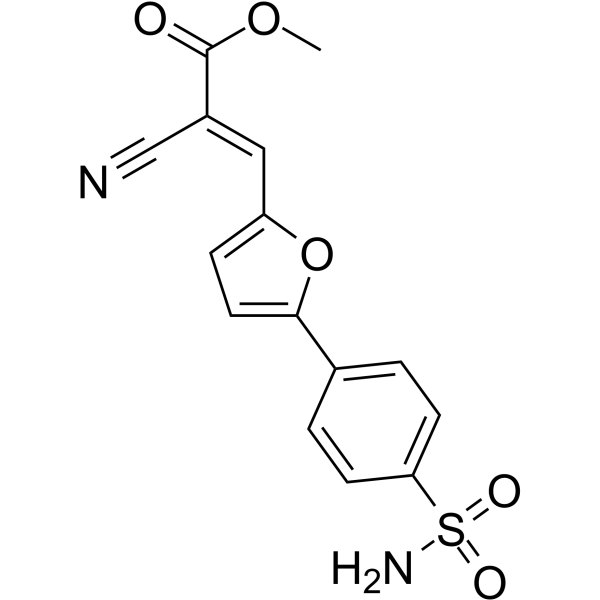
-
GC43289
Cochlioquinone B
Cochlioquinone is a sesquiterpene metabolite originally isolated from C.

-
GC47114
Coenzyme A (lithium salt hydrate)
An essential cofactor in enzymatic acetyl transfer reactions

-
GC43295
Coenzyme A (sodium salt hydrate)
Coenzyme A (CoA) is an essential cofactor functioning as an acyl group carrier and carbonyl-activating group for the citric acid cycle and fatty acid metabolism.

-
GC47116
Coenzyme Q10-d6
Un estándar interno para la cuantificación de CoQ10.

-
GC43297
Coenzyme Q2
Coenzyme Q10 is a component of the electron transport chain and participates in aerobic cellular respiration, generating energy in the form of ATP.

-
GC49454
Complex 3
A fluorescent copper complex with anticancer activity

-
GC47123
Coumarin-Quinone Conjugate
A fluorescent substrate for NADH:ubiquinone oxidoreductases

-
GC19138
CTPI-2
CTPI-2 es un inhibidor de SLC25A1 portador de citrato mitocondrial de tercera generaciÓn con una KD de 3,5 μM.
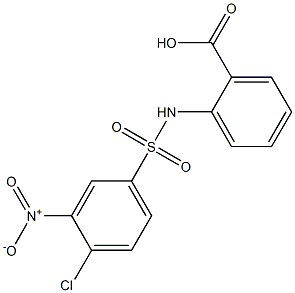
-
GC43345
Cyclohexanoyl Coenzyme A
Cyclohexanoyl coenzyme A (CHCoA) is an acyl CoA that contains a cyclohexane group.

-
GC49863
Cytarabine 5′-monophosphate
An active metabolite of cytarabine

-
GC25337
D-Carnitine hydrochloride
D-Carnitine hydrochloride ((S)-Carnitine hydrochloride, (+)-Carnitine hydrochloride) is biosynthesized from lysine. It might be associated with the energy production from branched chain amino acids.
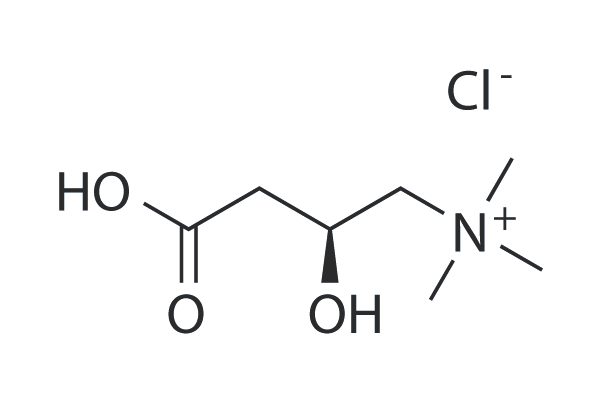
-
GN10072
Daidzin
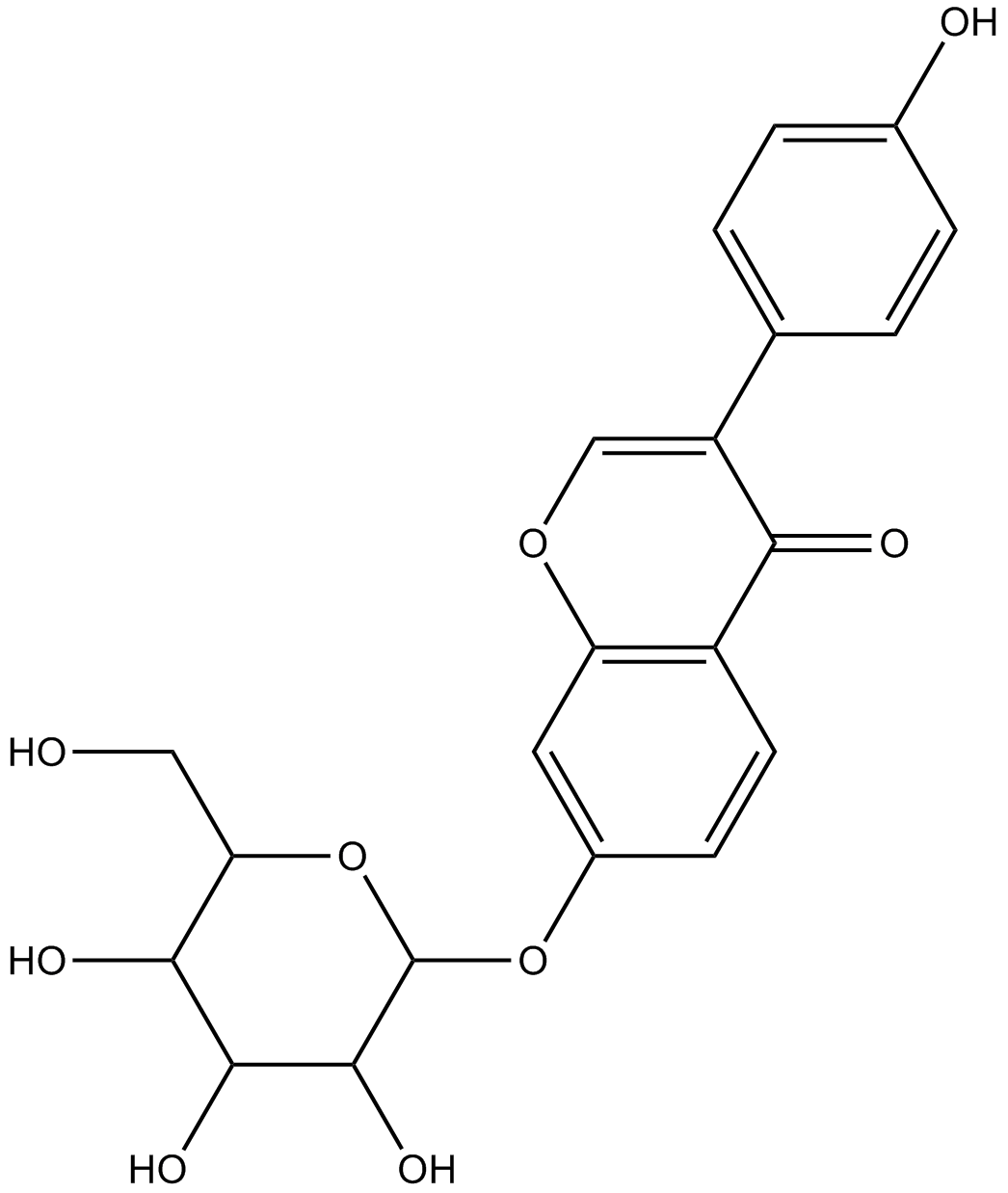
-
GC40538
Decylubiquinone
La decilubiquinona es un anÁlogo de la ubiquinona (coenzima Q10).

-
GC18869
Deoxyenterocin
Deoxyenterocin is a bacterial metabolite originally isolated from Streptomyces that has diverse biological activities, including antibiotic, antiviral, and antioxidant properties.
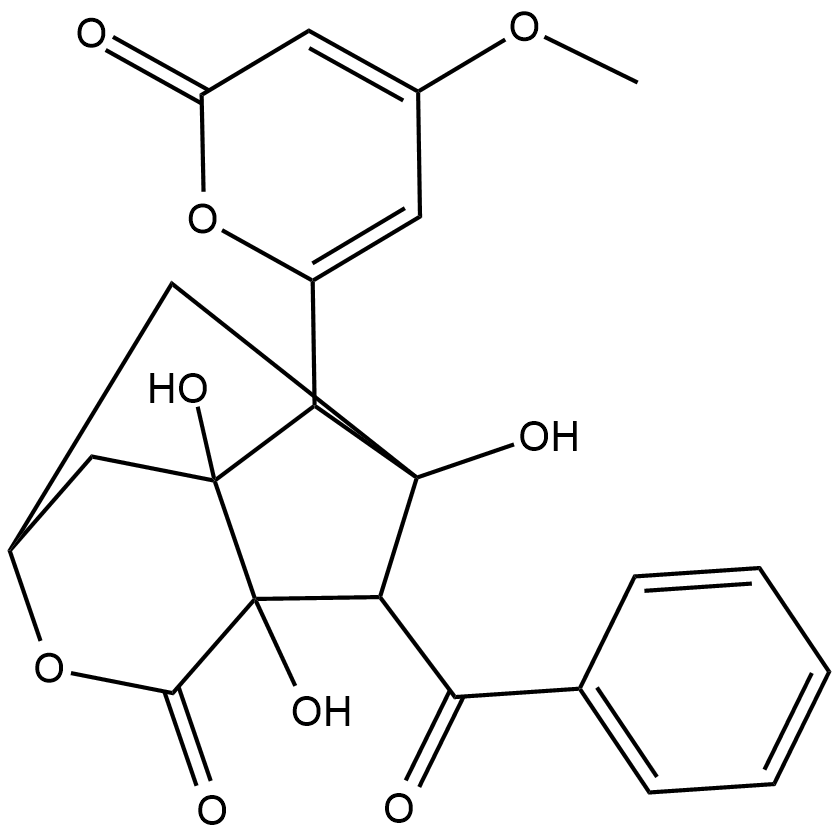
-
GC49022
Didanosine-d2
An internal standard for the quantification of didanosine

-
GC38620
Dihydrorotenone
La dihidrorotenona, un pesticida natural, es un potente inhibidor mitocondrial.
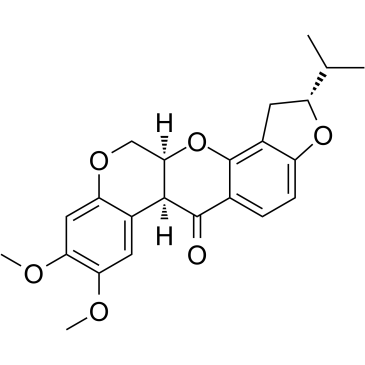
-
GC43463
DiIC1(5)
DiIC1(5) is a signal-off fluorescent probe for the detection of mitochondrial membrane potential disruption.

-
GC47238
Diquat (bromide)
El diquat (bromuro) es un herbicida integral comÚnmente utilizado en el cultivo de algodÓn, soja y otros cultivos para combatir las malas hierbas no deseadas.

-
GC43498
DL-α-Lipoic Acid
DL-α-El Ácido lipoico es un antioxidante, que es un cofactor esencial de los complejos enzimÁticos mitocondriales.

-
GC47243
DL-Carnitine-d9 (chloride)
An internal standard for the quantification of carnitine

-
GC43543
DNP-INT
DNP-INT is a quinone analog that inhibits electron transport in plants by competitively inhibiting plastoquinol oxidation by binding at the Qo site of cytochrome b6f (Kd = 1.4 nM).

-
GC18439
Doxorubicinone
La doxorrubicinana es un metabolito de un agente de quimioterapia contra el cÁncer, la doxorrubicina. La doxorrubicina es un potente inhibidor de la topoisomerasa I y la topoisomerasa II del ADN humano con IC50 de 0,8 μM y 2,67 μM, respectivamente.
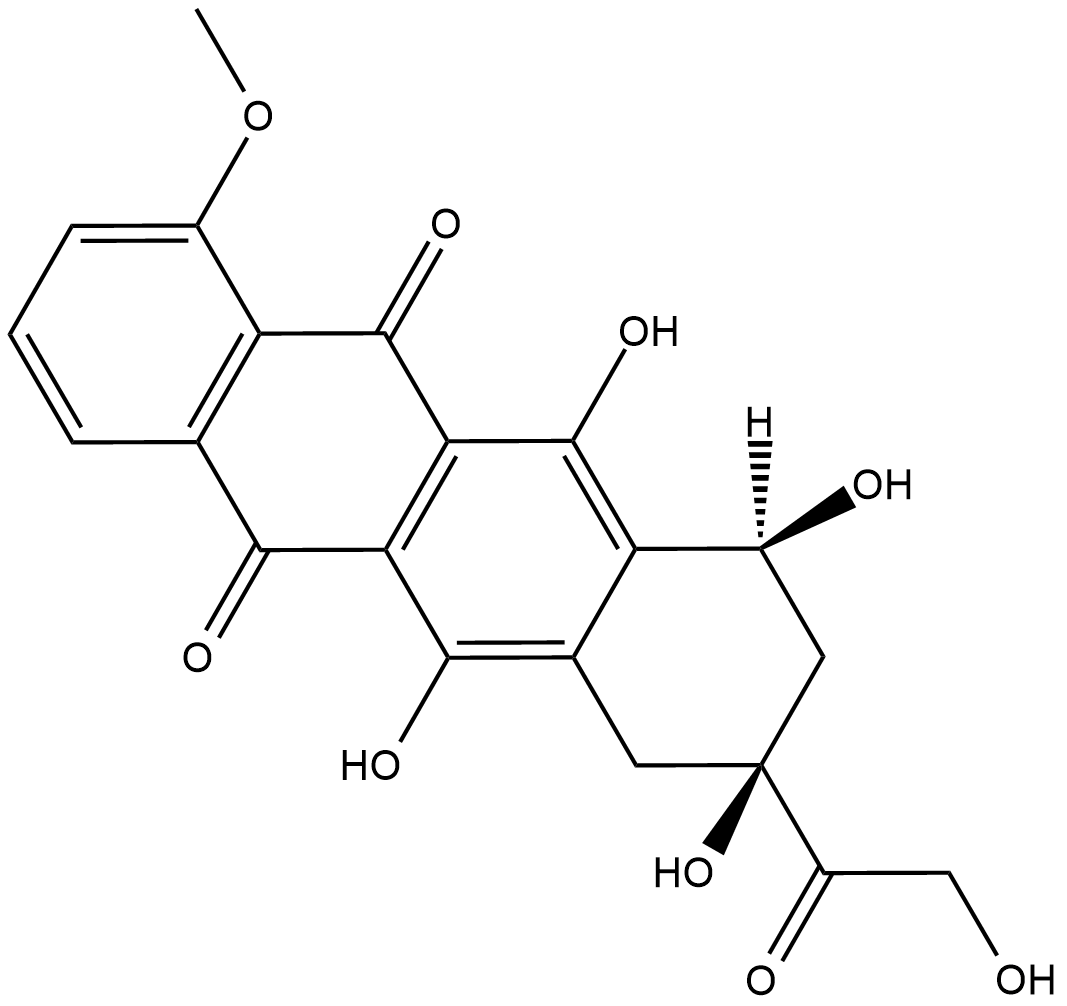
-
GC47274
DS44960156
DS44960156 es un inhibidor selectivo de la metilentetrahidrofolato deshidrogenasa 2 (MTHFD2), con valores de IC50 de 1,6 μM y >30 μM para MTHFD2 y MTHFD1, respectivamente.

-
GC18992
Duclauxin
Duclauxin decreases proliferation of tumor cells in vitro and increases the lifespan of mice innoculated with Ehrlich ascitic tumor cells.
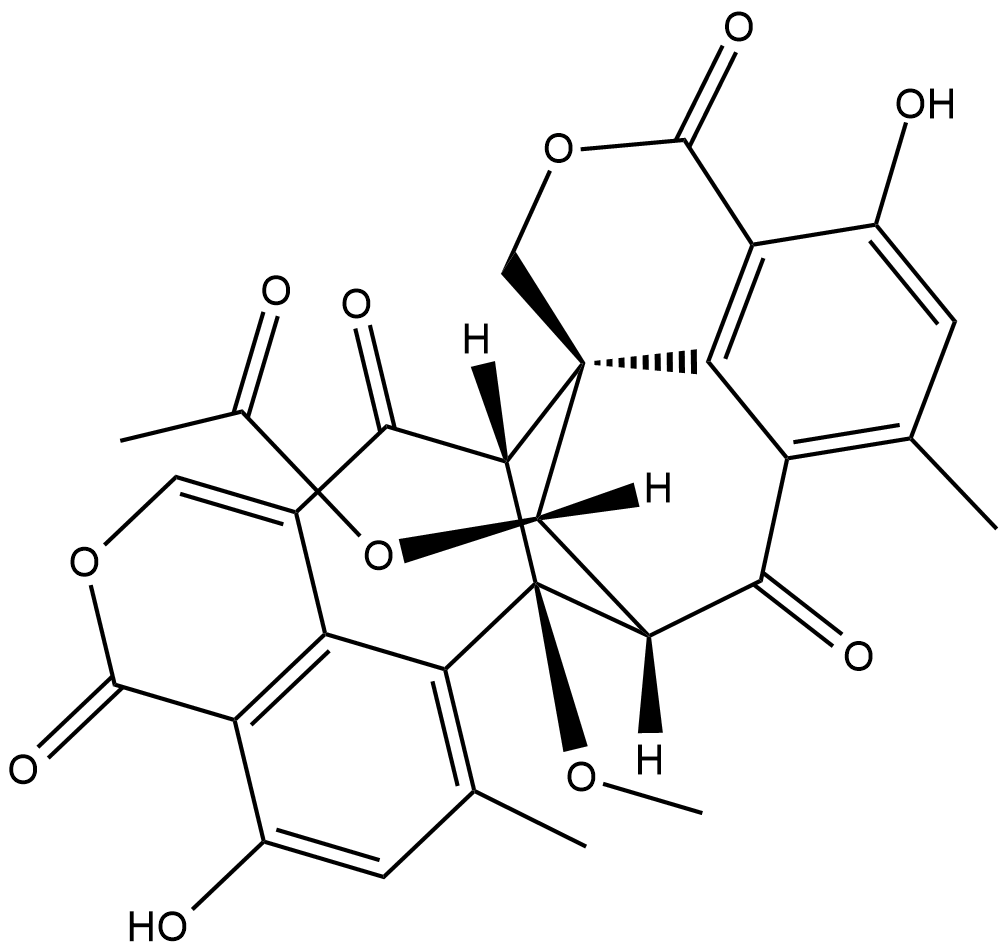
-
GC34569
Elamipretide TFA
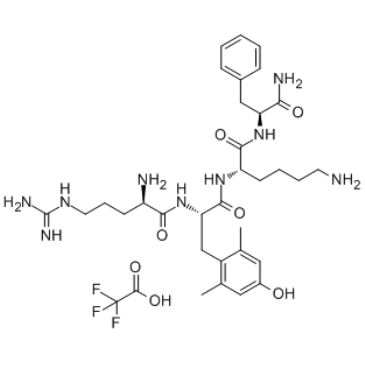
-
GC32858
ER-000444793
ER-000444793 es un potente inhibidor de la apertura del poro de transiciÓn de permeabilidad mitocondrial (mPTP). ER-000444793 inhibe mPTP con un IC50 de 2.8μM.
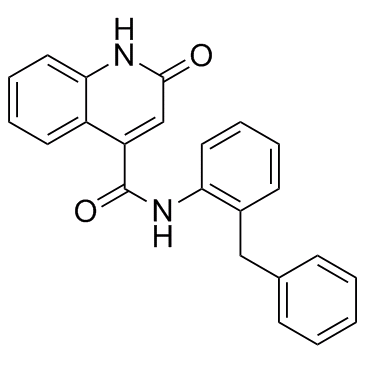
-
GC14328
FCCP
FCCP, un portador de protones (ionóforo H+), es también un potente agente de acoplamiento desactivador del ácido fosfórico, que promueve la despolarización de la membrana plasmática y la membrana mitocondrial.
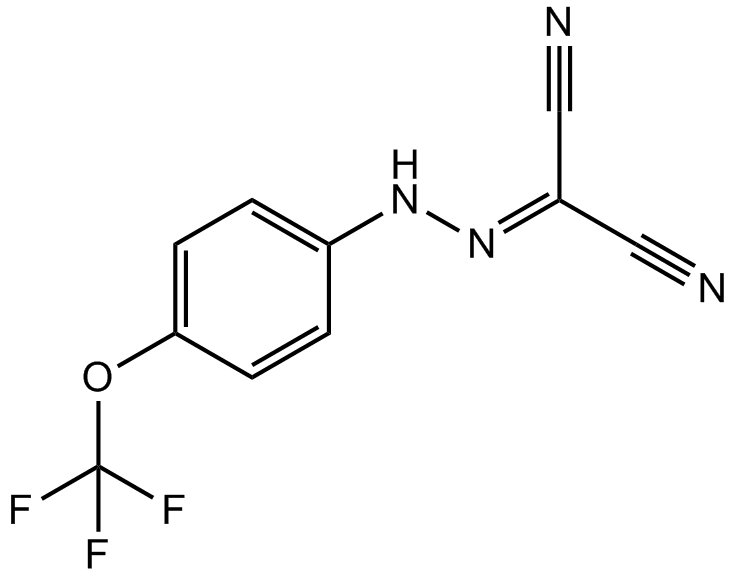
-
GC18641
Ferutinin
La ferutinina, un compuesto terpenoide natural, es un agonista del receptor de estrÓgeno ERα y un agonista/antagonista del receptor de estrÓgeno ERβ con IC50 de 33,1 nM y 180,5 nM, respectivamente.
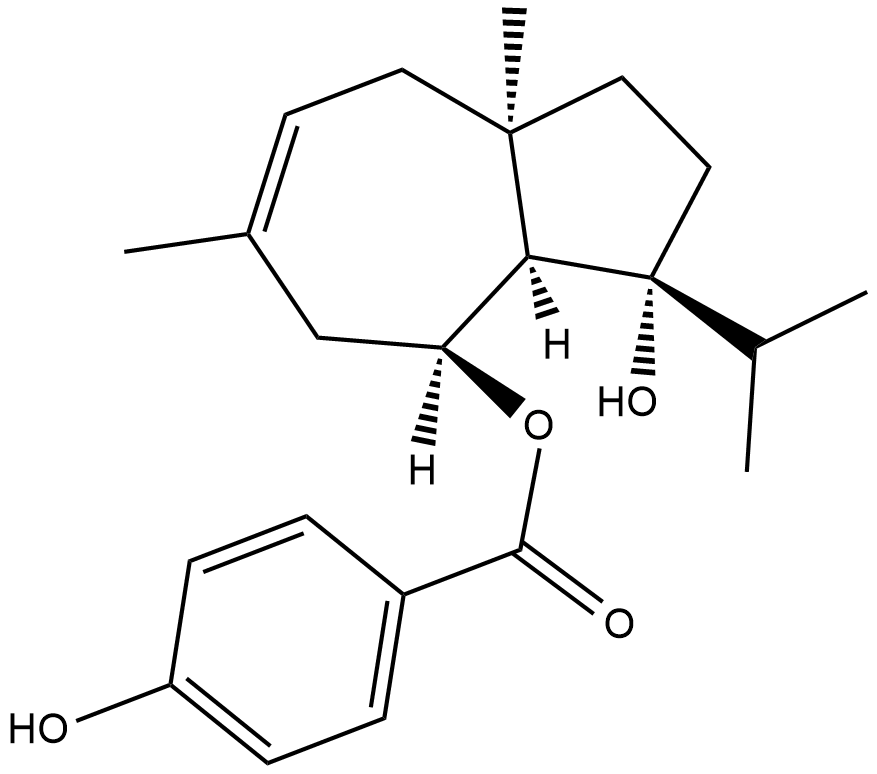
-
GC43664
Filipin II
Filipin II is a polyene and an active component of the polyene antibiotic filipin complex.

-
GC43713
Fura-FF (potassium salt)
Fura-FF (sal de potasio) es un colorante fluorescente de baja afinidad por el calcio (Ex/Em: 365/514 nm en ausencia de calcio; 339/507 nm en presencia de una alta concentraciÓn de calcio).

-
GC43714
Fura-FF AM
Fura-FF AM is a cell-permeable acetoxymethyl ester of the fluorescence calcium indicator fura-FF (potassium salt).

-
GC40008
Fuscin
Fuscin, un metabolito fÚngico, antagonista del receptor CCR5 con efectos anti-VIH.

-
GC43723
Galactosylsphingosine (d18:1)
La galactosilesfingosina (d18:1) (galactosilesfingosina), un sustrato de la enzima galactocerebrosidasa (GALC), es un biomarcador potencial de la enfermedad de Krabbe.

-
GC43729
Ganglioside GD3 Mixture (sodium salt)
Ganglioside GD3 is synthesized by the addition of two sialic acid residues to lactosylceramide and can serve as a precursor to the formation of more complex gangliosides by the action of glycosyl- and sialyltransferases.

-
GC36132
Genistein 8-c-glucoside
La genisteÍna 8-c-glucÓsido (G8CG) es un glucÓsido. La genisteÍna 8-c-glucÓsido induce la despolarizaciÓn de la membrana mitocondrial e induce la apoptosis.
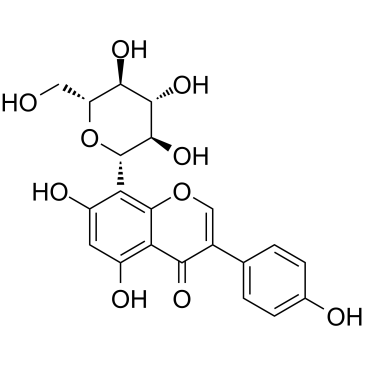
-
GC47399
Geranylgeranoic Acid
An isoprenoid with anticancer activity

-
GC61599
GW604714X
GW604714X es un potente inhibidor de la respiraciÓn mitocondrial respaldado por piruvato pero no por otros sustratos.
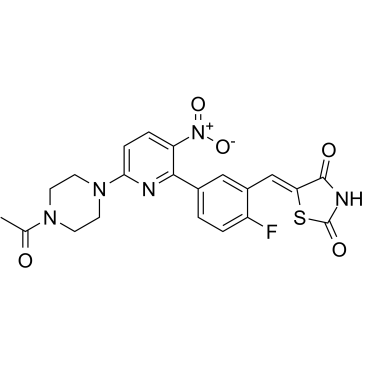
-
GA10948
H-His-OH
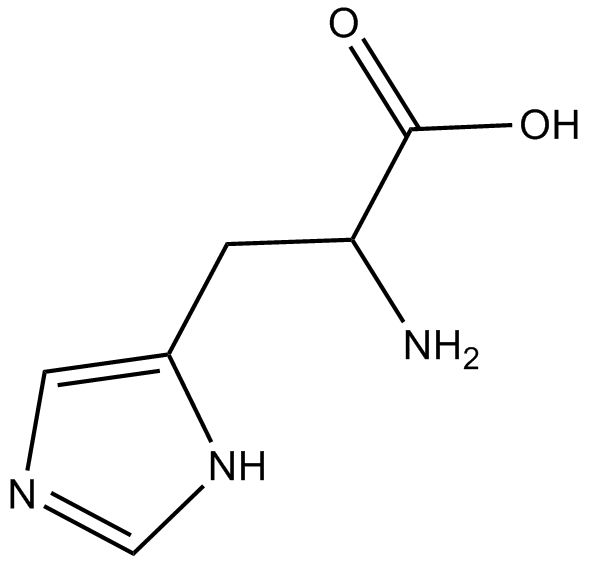
-
GC40665
Harzianopyridone
Harzianopyridone is an atpenin-like inhibitor of mammalian and nematode mitochondrial complex II (succinate:ubiquinone oxidoreductase; SQR) with IC50 values of 0.017, 0.2, and 2 μM for bovine, rat, and nematode complex II, respectively.

-
GC52219
Heptadecanoyl-L-carnitine (chloride)
A long-chain acylcarnitine

-
GC52231
Heptadecanoyl-L-carnitine-d3 (chloride)
An internal standard for the quantification of heptadecanoyl-L-carnitine

-
GC49479
Hypoxanthine-d4
An internal standard for the quantification of hypoxanthine

-
GC43887
IBTP (iodide)
IBTP is a lipophilic cation that is accumulated in mitochondria and forms stable thioether adducts in a thiol-specific manner.

-
GC49359
IM-156 (acetate)
A mitochondrial complex I inhibitor and an AMPKα activator

-
GC10576
Imeglimin
Imeglimin (EMD 387008) es un agente hipoglucemiante oral.

-
GC10956
Imeglimin hydrochloride
El clorhidrato de imeglimina (EMD 387008) es un agente hipoglucemiante oral.
